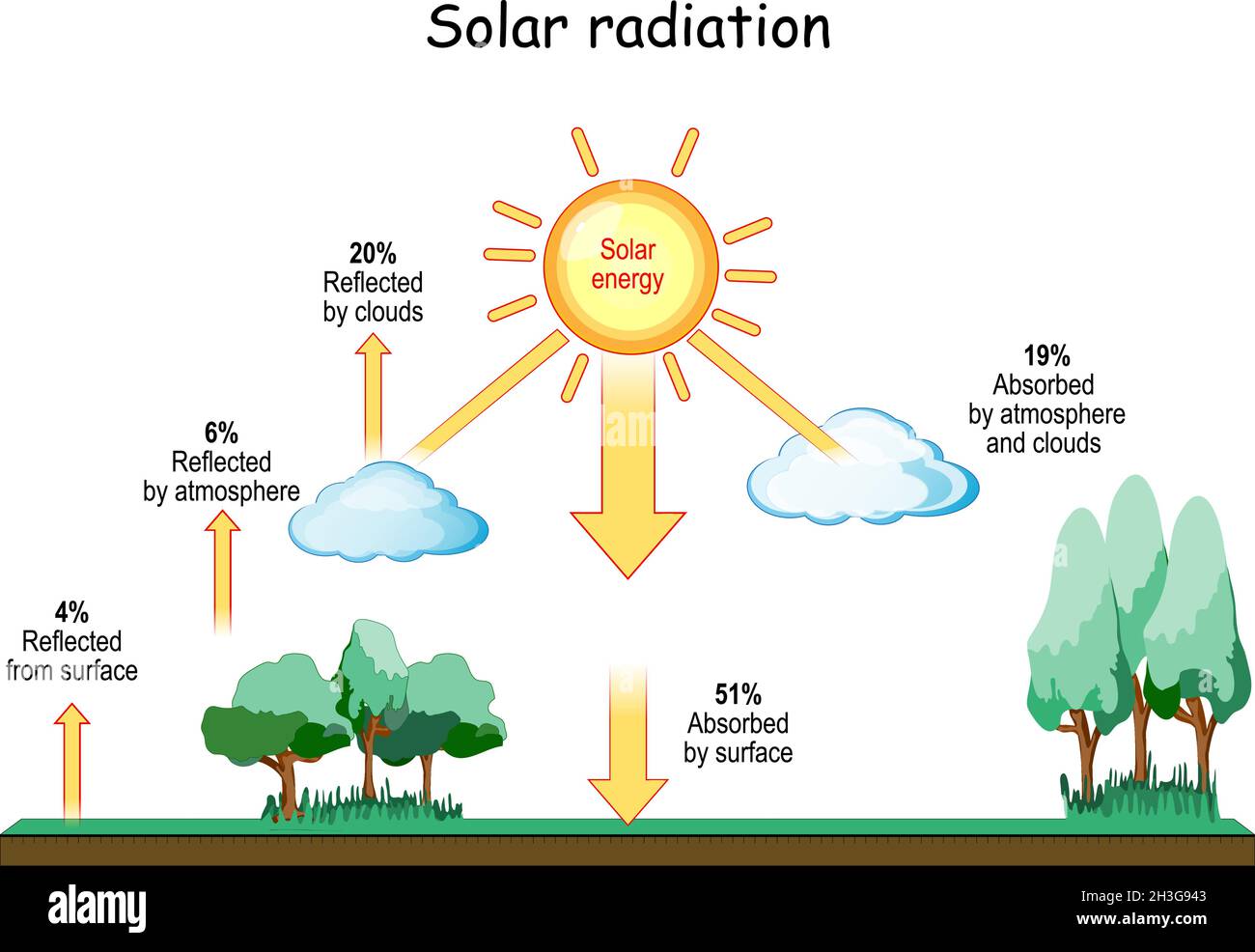
Source: Shutterstock
The Impact of Atmospheric Effects on Solar Radiation
Variability of Solar Radiation
Various factors influence the amount of solar radiation reaching the Earth’s surface. While solar radiation incident on the Earth’s atmosphere remains relatively constant, the radiation that reaches the surface varies significantly due to a combination of atmospheric effects and local conditions.
Factors Affecting Solar Radiation
Atmospheric effects such as absorption and scattering play a crucial role in determining the amount of solar radiation that reaches the Earth’s surface. Additionally, local variations in the atmosphere, including water vapor, clouds, and pollution, further impact the intensity of solar radiation at a specific location.
The latitude of a location, as well as the season of the year and the time of day, also contribute to the variability of solar radiation. Equatorial regions experience minimal variability between seasons, while desert regions tend to have lower variations due to fewer local atmospheric disturbances.
Impacts of Variability
The variability in solar radiation has several consequences. It leads to fluctuations in the overall power received, changes in the spectral content of light, and variations in the angle at which light strikes a surface. This variability is particularly pronounced at specific locations due to local effects like clouds and seasonal changes.
It is noteworthy that the amount of energy reaching the Earth’s surface every hour surpasses the energy consumed by the entire global population in a year. This abundance of solar energy underscores the potential for harnessing solar power as a sustainable energy source.
Altermatt’s lectures on the solar spectrum, hosted by PV Lighthouse, provide valuable insights into understanding and utilizing solar radiation for various applications.

Source: Alamy
Feel Free to comment your thoughts.
